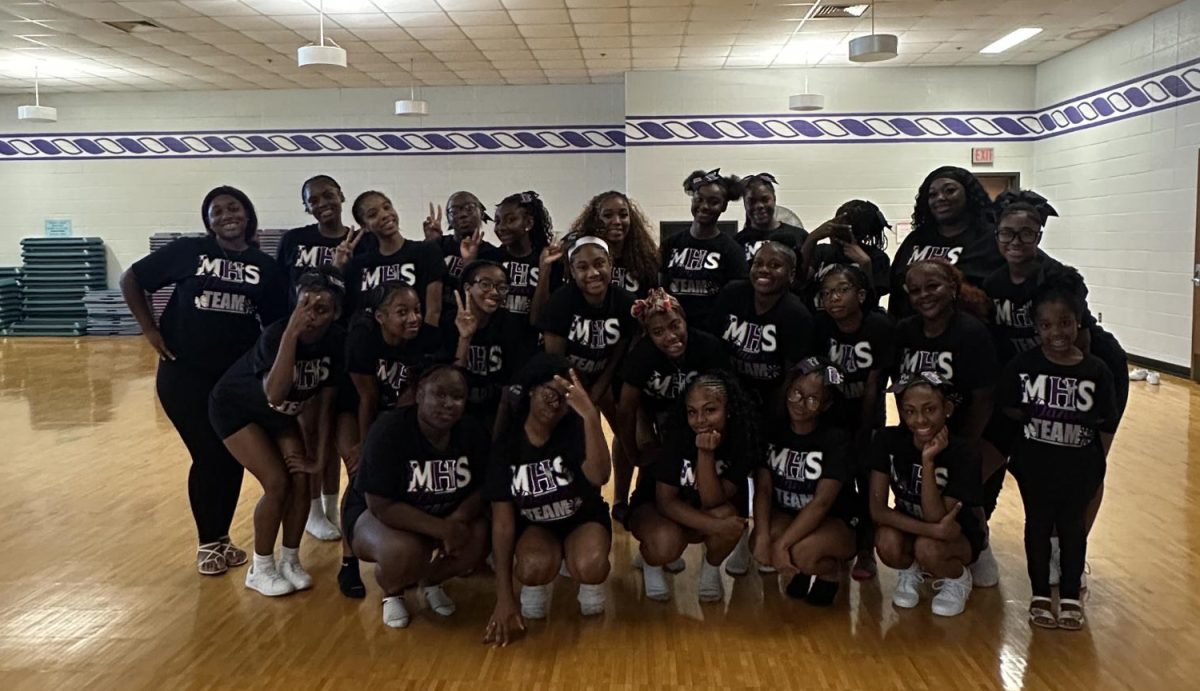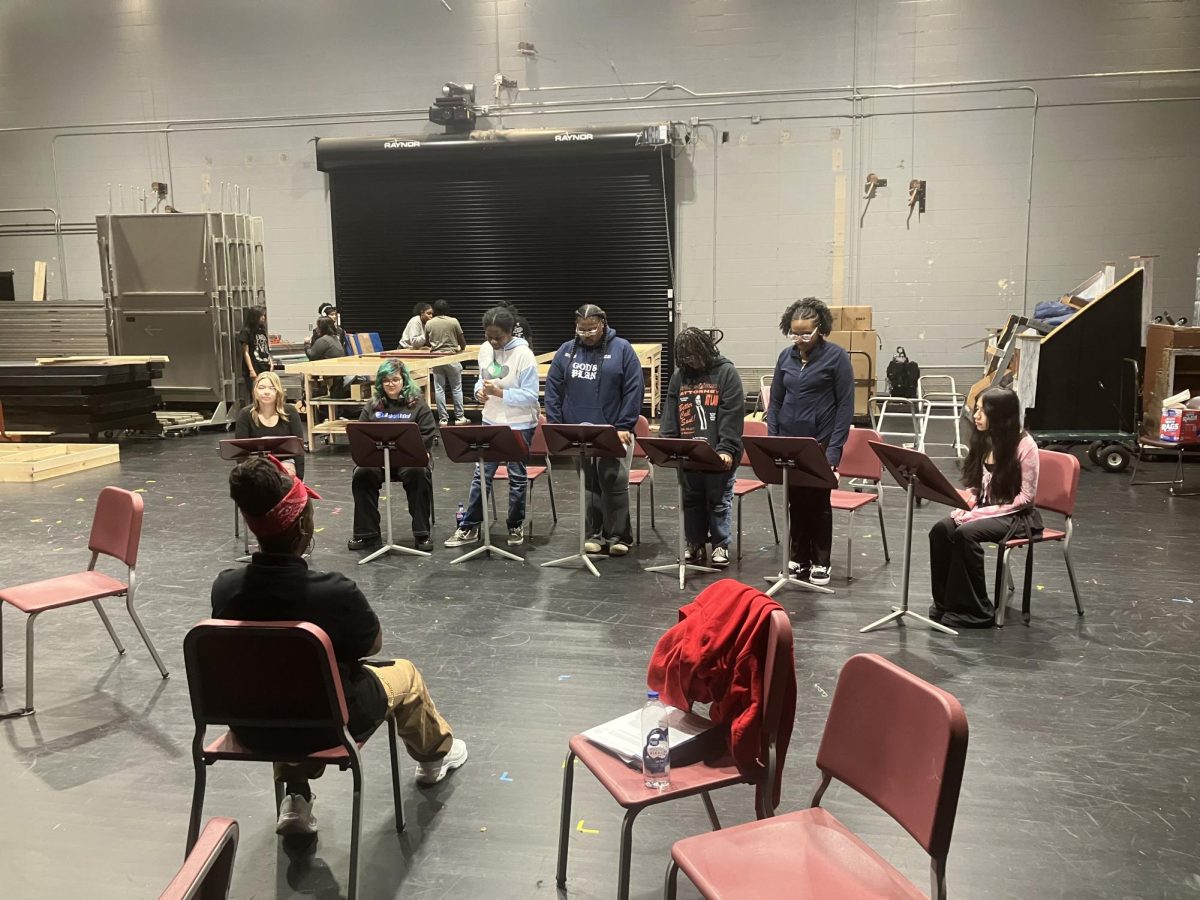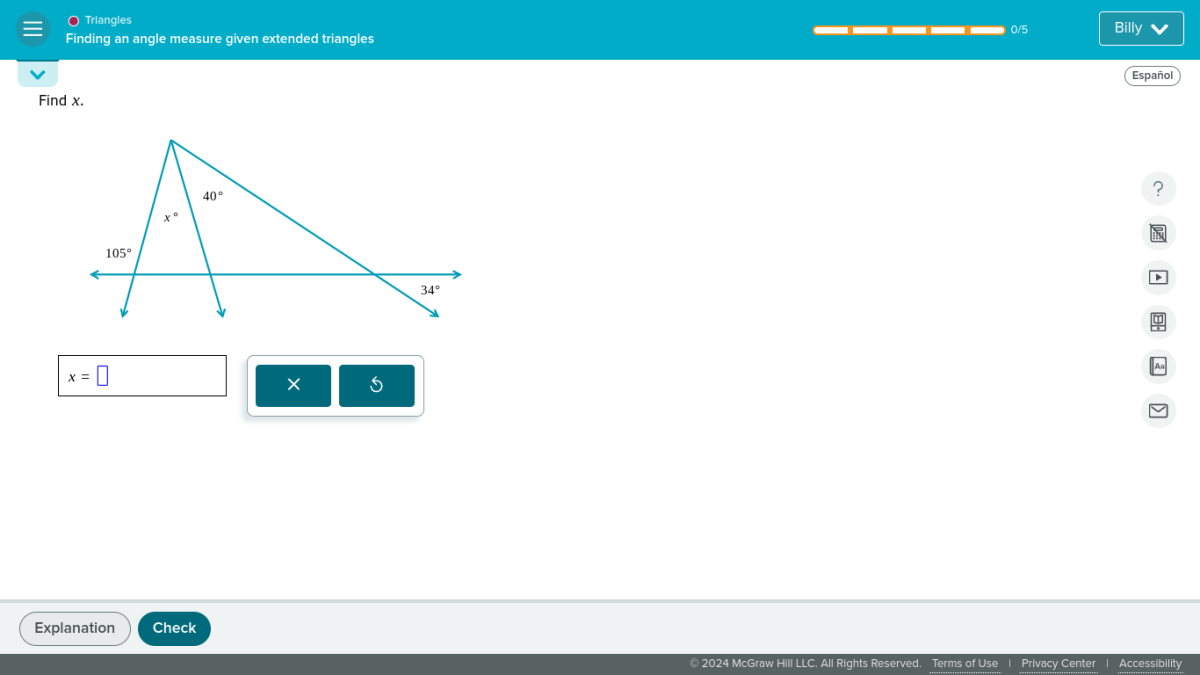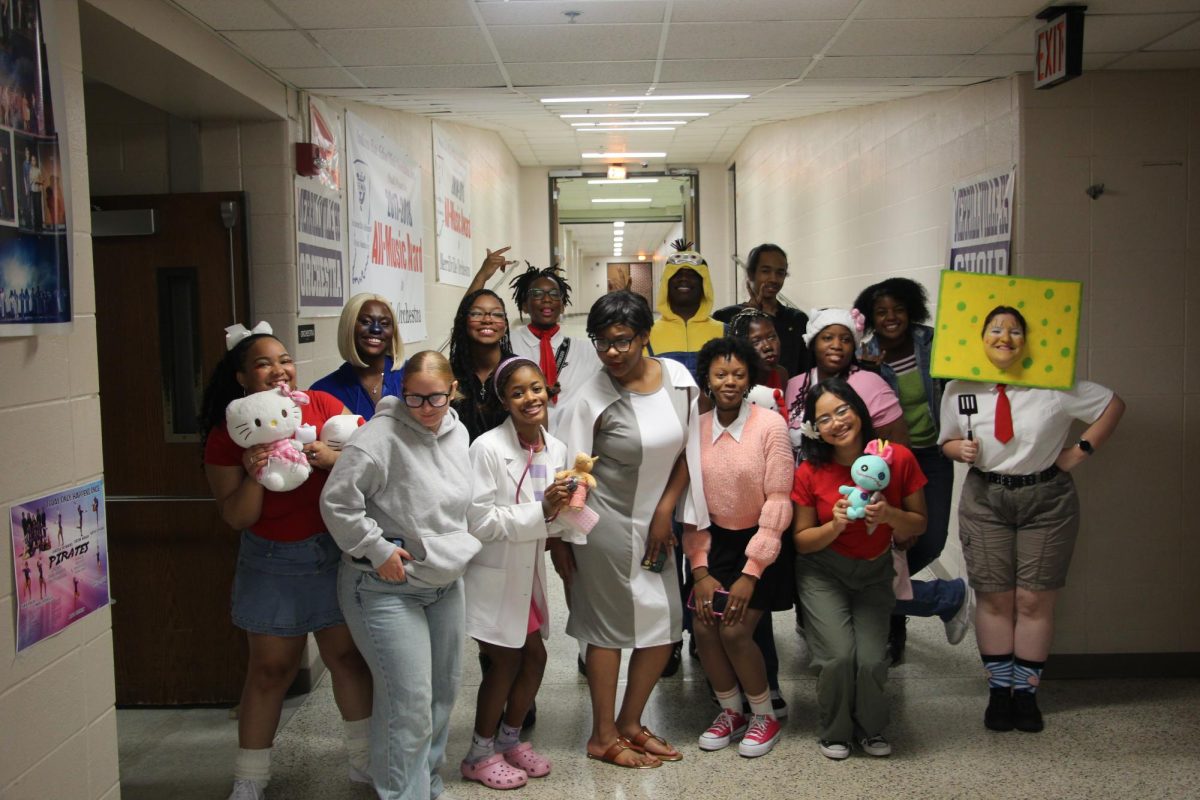Transitioning from middle school to high school math can be difficult for children. Math has been a difficult subject since elementary school. For most kids nowadays, paper math was primarily used in elementary school, but as they grew, the way of learning changed. They switched school work to online.
The way students are taught can change their comprehension of the subject. Some teachers mainly use online learning in their classrooms, while others prefer the opposite.
Algebra teachers, Mr. Mahler, Mr. Travis, and Mr. Fruth, all teach in different ways. Mr. Mahler majorly uses paper, Mr. Fruth uses online resources, and Mr. Travis uses blended learning. These different teaching methods can have pros and cons in how they affect students.
“The biggest struggle I deal with is that students don’t want to work things out on paper when working online,” Mr. Fruth said. “They try to do too much in their head and on a calculator online. This leads to more mistakes when all they have to do is write down their steps to avoid them.”
Each teacher brought up the same problem about online math. Seeing a problem online can change the way a student thinks, causing them to try and do it in their head. If a mistake is made while solving a problem, it is harder to know what went wrong if you did not write out the work.
“I use this analogy in class: If you are writing an essay in English, you support your conclusion with facts/opinions in your paper, if you simply gave the conclusion without any supporting evidence, you wouldn’t have a very strong argument,” Mr. Mahler said. “The same is true in math, the answer without the work, is like writing the conclusion of the essay without any support.”
Although a problem online and on paper are effectively the same, students still have different mindsets about it. Along with not working out problems, seeing problems on a computer makes it feel easier to cheat for a student.
“The entire internet is at their fingertips, along with the many different online calculators that can work out a lot of problems quickly and easily,” Mr. Travis said.
But for students who don’t cheat, online math websites can be a very useful resource. They can generate unlimited problems which can aid them while studying.
“If I assign 20 questions for homework, you only have those 20, whereas on the computer you could do additional similar examples,” Mr. Mahler said.
Practicing online can be useful, but it might not be the same on a test. Solving a multitude of online problems could give the wrong idea to students.
“Online, while giving many additional practice attempts on the same question, can often give the same exact setup, which causes students to learn an incorrect pattern or leads them to believing this is the only setup/problem type they may encounter,” Mr. Mahler said, “While giving additional examples, online questions/examples do not vary much”.
While online math is not the best resource for studying, paper math is not that great of an alternative.
“…unless you print individual problems for everyone, it makes it easier to just copy someone’s work,” Mr. Travis said, “if there is something that they do incorrectly, they won’t know unless they ask you to check for them or if they get the sheet handed back and it’s wrong”.
The worst thing about paper math is the strong point of online math.
“Students have access to unlimited examples, questions, videos, calculators, and many other tools online that weren’t always there for students,” Mr. Fruth said.
For this problem, blended learning is best. Practicing solving problems online and on paper would result in better comprehension. But, most students will not want to utilize both methods because it seems like too much work. Overall, paper math is better because it forces students to communicate their understanding.
“Don’t give up!” Mr Mahler said “Math is supposed to be difficult. Any time you are learning something new it is tough, math is always pushing what we know a little further. If you are doing it right, it will always be a little challenging! Expect it to be tough! Write your math on paper, it will help you to see the logic used to complete the problem, and if you make a mistake, it allows you to walk back through to see where you made your mistake. This is where the real learning happens.”






















